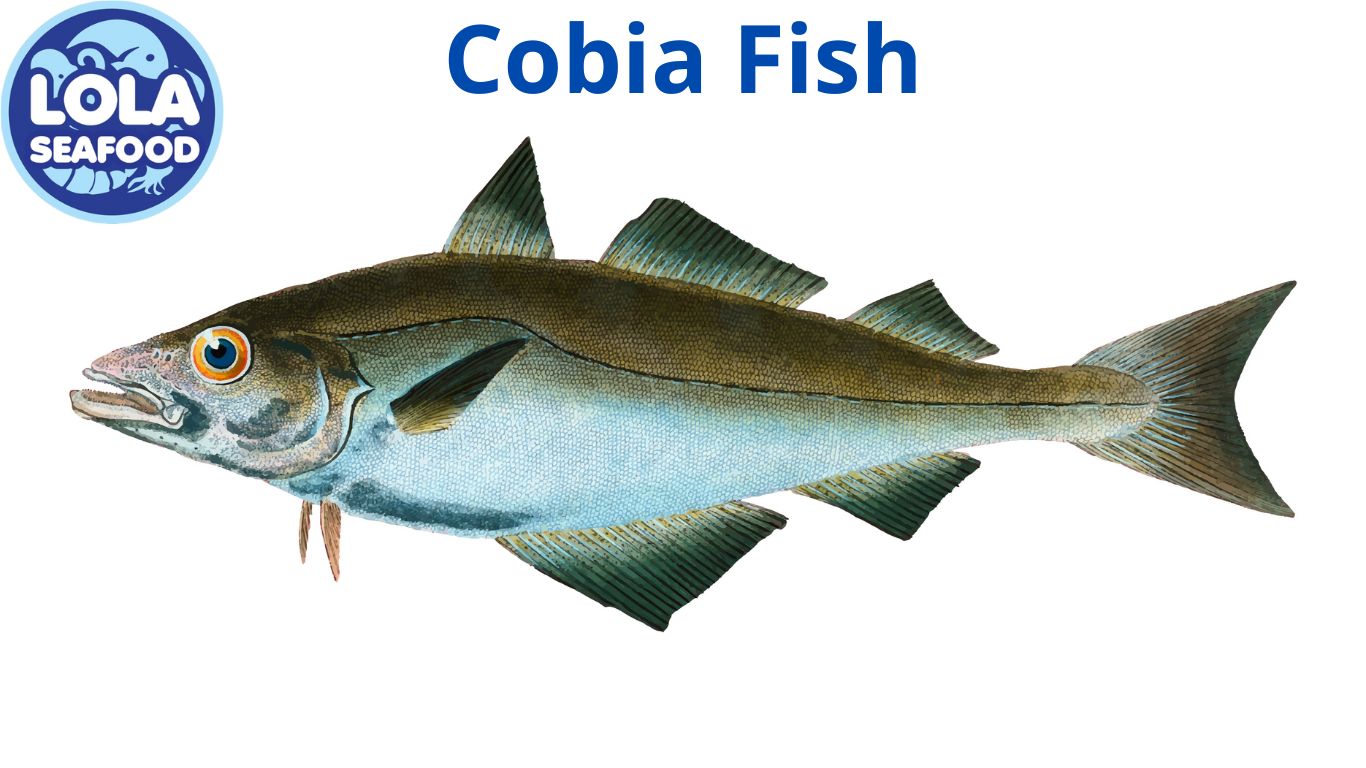Efficient Fish Processing: Strategies to Minimize Waste
By. Najih - 25 Sep 2024
Efficient fish processing is crucial not only for maximizing the value of seafood but also for minimizing waste. As global demand for fish continues to rise, adopting sustainable practices in fish processing becomes increasingly important. This article explores effective strategies for processing fish efficiently while reducing waste.
Understanding Fish Waste
Fish waste typically includes offcuts, bones, and other byproducts that can account for up to 50% of the fish’s total weight. By optimizing processing techniques, the seafood industry can significantly reduce this waste, contributing to sustainability and cost savings.
Strategies for Minimizing Waste
1. Utilizing Every Part of the Fish
One of the most effective ways to minimize waste is to use every part of the fish. For example, fish bones and heads can be transformed into stocks and broths, while skin can be processed into high-protein snacks or used in cosmetics. This not only reduces waste but also creates additional revenue streams.
2. Implementing Advanced Processing Technologies
Investing in advanced processing technologies can enhance efficiency and reduce waste. Techniques like filleting machines and automated bone removers minimize leftover parts and ensure maximum yield from each fish. High-Pressure Processing (HPP) can also extend shelf life, preventing spoilage and further waste.
3. Improving Inventory Management
Effective inventory management is crucial for reducing waste. By implementing a just-in-time inventory system, processors can ensure that fish is processed and distributed promptly, minimizing the risk of spoilage. Regularly monitoring stock levels can also help in adjusting orders to match demand, thus preventing overproduction.
4. Training Employees
Training employees on efficient processing techniques can significantly reduce waste. Educating staff on the importance of minimizing byproducts and using resources effectively fosters a culture of sustainability. Regular workshops can reinforce best practices and introduce new waste-reduction strategies.
5. Sustainable Disposal Methods
For any unavoidable waste, adopting sustainable disposal methods is essential. Options such as composting fish waste or converting it into fish meal for animal feed not only minimize environmental impact but also contribute to a circular economy.








